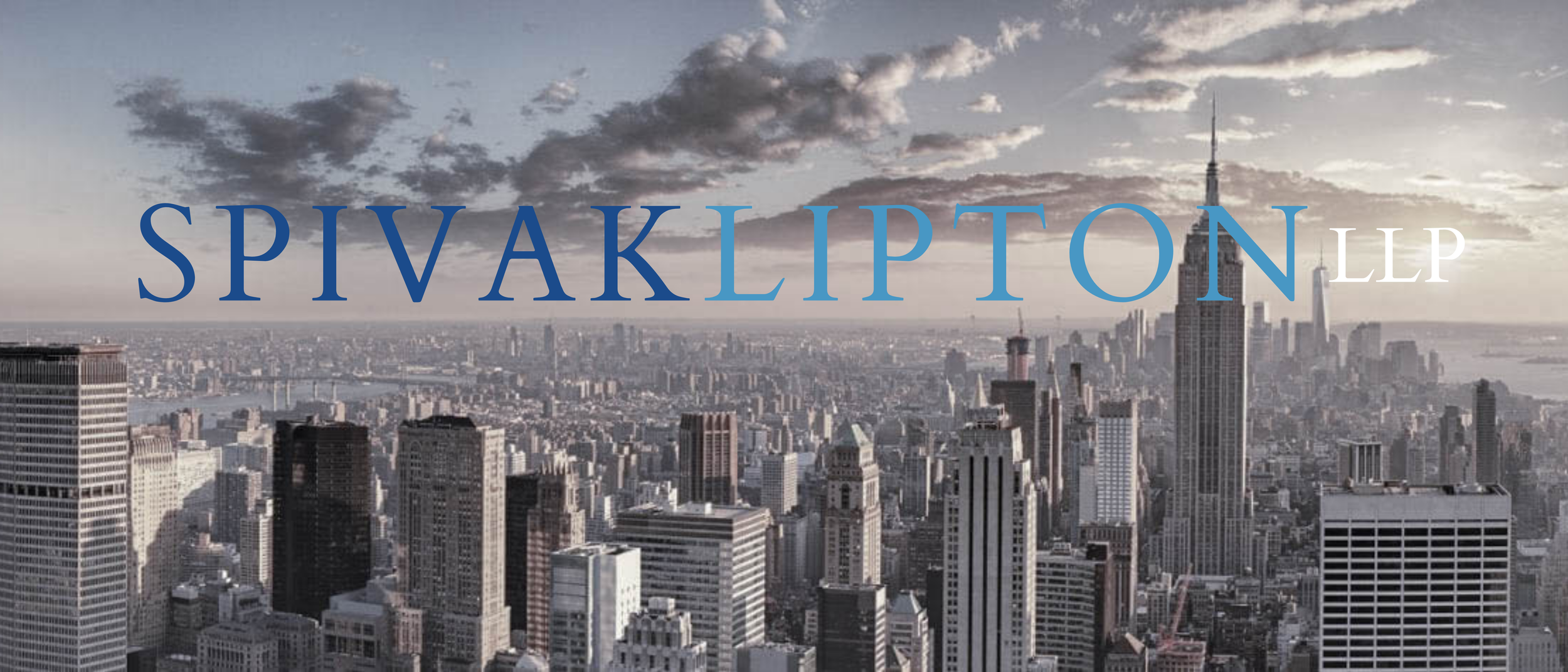©2017 by the American Bar Association. Reprinted with permission. All rights reserved. This information or any or portion thereof may not be copied or disseminated in any form or by any means or stored in an electronic database or retrieval system without the express written consent of the American Bar Association.
Student Assistants at Private Universities Win the Right to Form Unions
On August 23, 2016, the National Labor Relations Board published its decision, Columbia University, holding that student assistants at private universities may form unions and are entitled to the rights and protections afforded to employees under the National Labor Relations Act. This decision overruled a previous Board decision from a case arising out of one of Columbia University’s Ivy League rivals: Brown University. The Brown University decision, from 2004, held that despite the fact that student assistants were paid to perform work by private universities, they were not considered to be “employees” as that term is defined under the NLRA. Therefore, the NLRA did not protect the rights of student assistants to form unions to bargain with their employers over the terms and conditions of their employment.
Fast forward to August 23, when the Board voted 3 to 1 and found that where student assistants have an employment relationship with their university, they are considered to be “employees” under the NLRA. This is true even if those student assistants have an educational relationship with their university as well. The Board noted: “Even when such an economic component may seem comparatively slight, relative to other aspects of the relationship between worker and employer, the payment of compensation, in conjunction with the employer’s control, suffices to establish an employment relationship.”
While supporters of the Brown University decision argued that granting student assistants the right to form a union would harm the educational process, the Board cited examples of successful relationships between student assistant unions and university management at various public universities, where student assistant unions have long been recognized. Based on research of these existing student assistant unions, the Board found no support for contentions that unionization of student assistants would harm the faculty-student relationship or diminish academic freedom. It noted that student assistant unions are generally most concerned with the basic terms and conditions of employment.
As we witness (and participate in!) union organizing drives among employees of colleges and universities across the country, the Columbia University decision is a big win for student assistants looking to secure justice in the workplace. Reach out to Spivak Lipton today with any questions about collective bargaining.
National Labor Relations Board Makes Unionizing of Staffed Workers Much Easier
The National Labor Relations Board recently cleared a major hurdle to union representation for employees of businesses who staff their operations both directly and with the help of staffing agencies. In Miller & Anderson, Inc., 364 NLRB No. 39 (July 11, 2016) (“Miller”), the Board returned to what had been the law of the land prior to 2004 with respect to collective bargaining in these types of employment relationships. The Board held that employer consent is not necessary for bargaining units that combine jointly employed employees and solely employed employees, so long as those employees share a community of interest. In an economy that has seen a marked increase in the use of staffing agencies in recent years, this ruling will make it much easier for thousands of working people across the country to assert their rights to collectively bargain with their employers, as protected by the National Labor Relations Act.
But why would employees or a union ever need consent from an employer to bargain collectively? Under Board law, employer consent is required when employees attempt to form a multi-employer bargaining unit. Multi-employer bargaining units (common in the construction industry, for example) occur when employees of various employers come together to bargain with their employers, and the employers agree to such an arrangement for a variety of reasons including the convenience of group bargaining, matching union strength, and avoiding competitive disadvantages resulting from nonuniform contractual terms. Since the Board’s Oakwood decision in 2004, Board law had categorized bargaining units made up of jointly employed and solely employed employees as multi-employer bargaining units, and required such bargaining units to get the consent of all parties.
Not anymore. In Miller, the Board ruled that such bargaining units are not multi-employer units, and may be approved and certified without the employers’ consent upon a showing of community of interest amongst the employees. In contrast to multi-employer units, the Board recognized that in bargaining units made up of jointly and solely employed employees, “all work is performed for the user employer and all employees are employed, either solely, or jointly by the user employer.” As such, the Board noted that these units are clearly of a different type from typical multi-employer bargaining units, therefore necessitating a different test for unit appropriateness. The result, of course, is that such employees will more easily be able to form unions and collectively bargain with their employers.
Spivak Lipton represents unions and employees looking to form unions. If you are an employee who is interested in forming a union, or a representative of a union and have a question about collective bargaining or labor relations, contact a Spivak Lipton attorney today.








